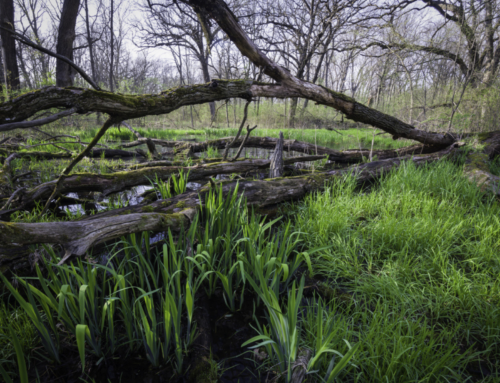Statement of
Andrea Donlon, River Steward
Connecticut River Conservancy
Joint Committee on Environment, Natural Resources, and Agriculture
December 7, 2021
H.999/S.563 An Act responding to the threat of invasive species
Thank you, Chairs Rausch and Dykema and the rest of the Joint Committee on Environment, Natural Resources, and Agriculture for providing the opportunity to comment on An Act Establishing the Office of Outdoor Recreation. I am writing in support of this legislation.
I work as a River Steward for the Connecticut River Conservancy. The Connecticut River Conservancy is a nonprofit citizen group established in 1952 as the Connecticut River Watershed Council to advocate for the protection, restoration, and sustainable use of the Connecticut River and its four-state watershed. Our headquarters office is in Greenfield, MA.
In the Massachusetts part of the Connecticut River watershed, there are approximately 55 sites that have infestations of the invasive water chestnut plant. These are located in coves and impounded areas of the CT River mainstem and tributaries as well as natural and manmade lakes. A staff person at the U.S. Fish and Wildlife Service’s Silvio Conte Wildlife Refuge based in Hadley MA spent years coordinating water chestnut removal work as part of her job. When she retired three years ago, USFWS’s role as coordinator ended, and my organization has filled that gap. In 2021, our staff, together with 167 volunteers removed 13 tons of water chestnut plants, spending 1,112 person-hours to do this work across our watershed states, but mostly in MA and CT. The seeds are viable for 12 years, so one year missed means 12 more years of hard work. Over time, sites that have had terrible infestations have become minor maintenance tasks, thanks to dedicated crews returning to the same site year after year. More information about our work is online at /get-involved/water-chestnuts-in-the-ct-river-watershed/#removal.
We have done this work with limited funding from private sources and some continued assistance from the USFWS. We are efficient, and my organization leverages much help from volunteers. Organizations like ours would benefit greatly from this bill, which would enable more centralized staffing at the state level and help marshal state funding for grants to assist removal efforts. Centralized staffing could be positioned to identify and address emerging invasives, like hydrilla, so as to address infestations before they have a large impact or become unmanageable, which would save significant amounts of money and time at the public and private level.
We recommend that ENRA report this bill out favorably.
Thank you. I can be reached at adonlon@ctriver.org or (413) 772-2020 x.205.







